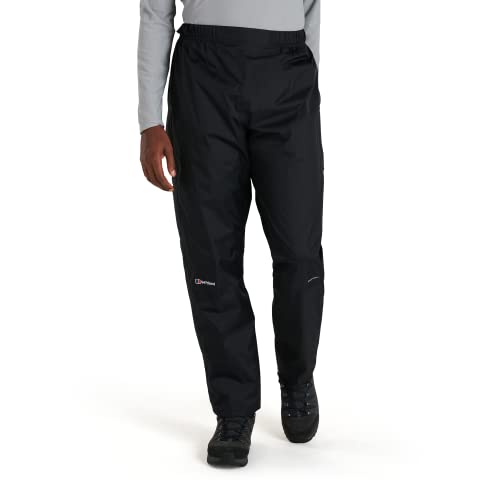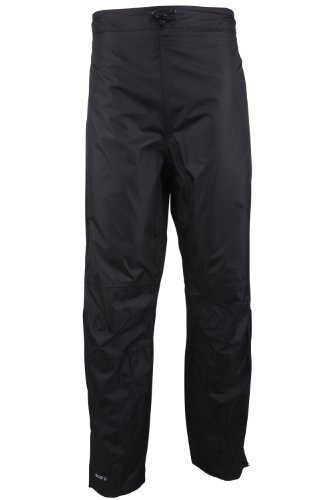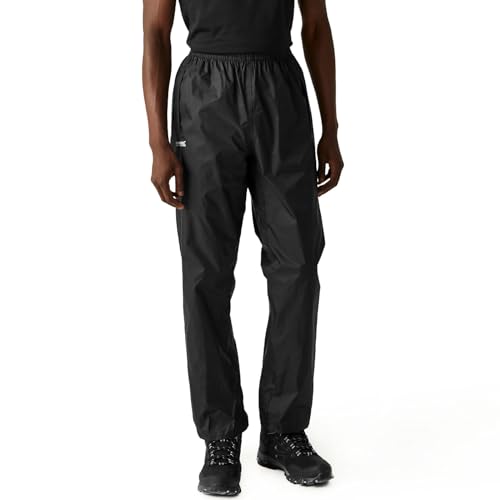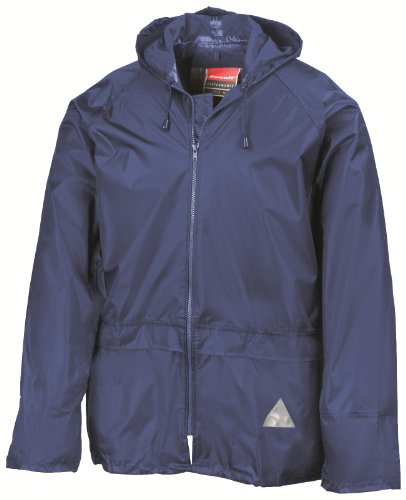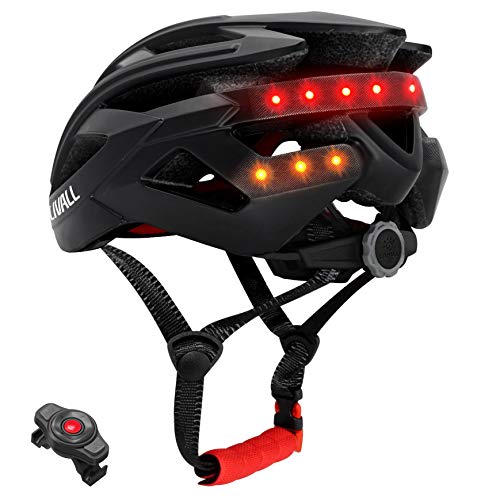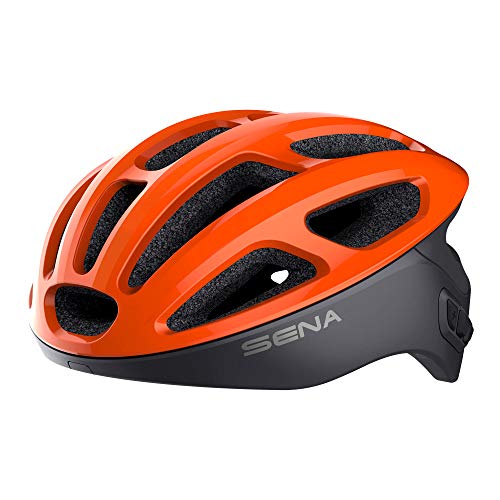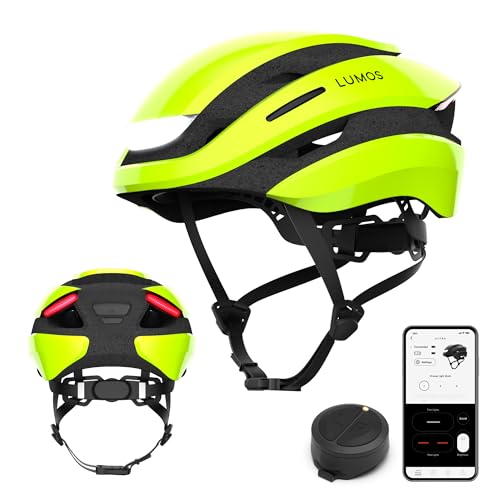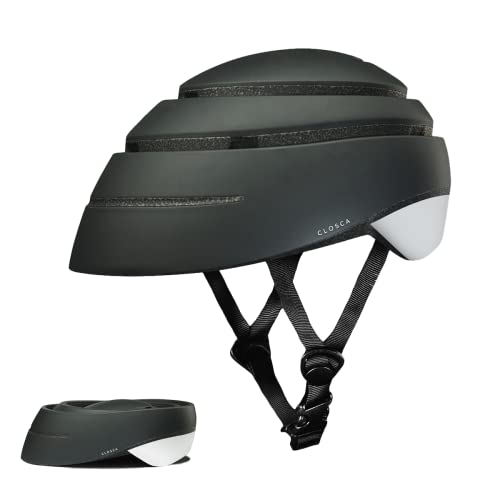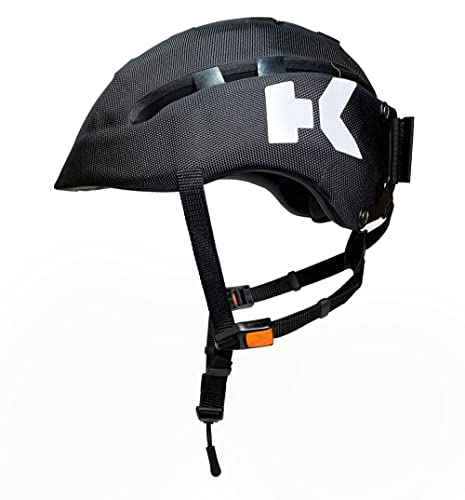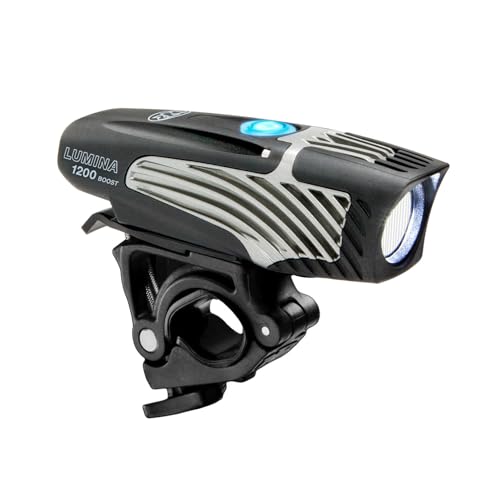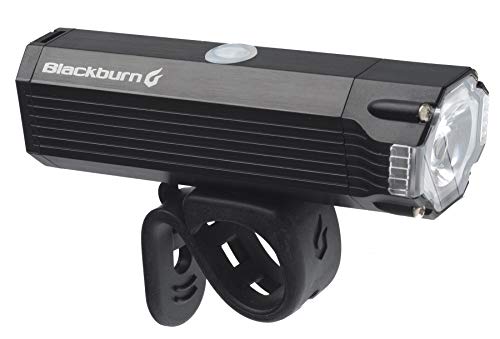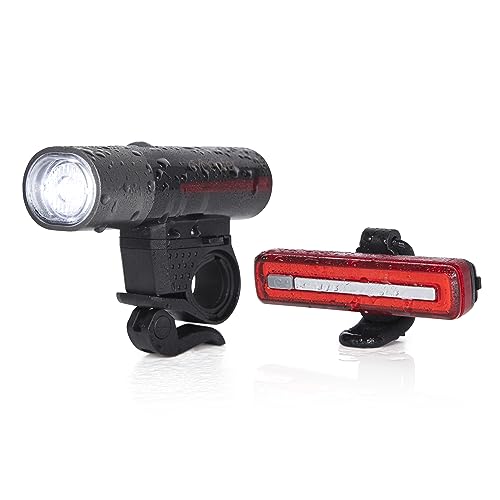This post may contain affiliate links, which help to keep Discerning Cyclist rolling. Learn more.
You know what makes a Monday morning even worse?
A commute on which you are crammed onto public transport, presumably with your face in someone’s deodorant-free armpit, with a strong sense of what your fellow commuters had for breakfast, informed by more than one of your senses. You even get to pay for the privilege.
But there is another way… the bicycle. The cheap, most fun and healthy way to get from A to B.
Start Commuting by Bike
Maybe the idea of a bike commuter conjures up unpleasant images of the MAMIL with all the gear, or perhaps the somewhat suicidal bike messengers with their tricked up rides and frame stickers as they run red lights and give cyclists a bad name. But this doesn’t have to be the case.
Commuting by bike is easy, cheap and gives you complete control over whose armpit you sniff.
What Cycling Gear Do Commuters Need?
The beauty of cycling is that the only true essential is a bicycle. Everything else is optional – although there are some wise investments you can make to make your commute more comfortable and safer.
If you’re still on the lookout for a new bike and are overwhelmed by all the options, make sure to check out our tool for finding your perfect bicycle in under 10 seconds.
You certainly don’t have to spend a few grand on a carbon fibre space-age self-driving bike; almost any functioning, fitting bike will do. I commuted happily for many months on a £50 bike from eBay.
You can also find lots of ideas where to pick up a cheap second-hand bike here.
Once you have a bike, you don’t have to break the bank to get going. In terms of clothing, I sit here writing in my £4 charity shop shorts, the bottom patches of which testify to the hundreds of commutes they have witnessed.
What Cycling Clothing Do I Need?
Almost anything you have that is light, comfortable and somewhat breathable will be fine to cycle in. Don’t listen to that lycra warrior; just because they want to show the entire office the exact shape of their glutes, doesn’t mean you have to. Many cycle commuters simply wear their work clothes for their commute.
That being said, there are many ways to make your commute even more comfortable. Ever since I forgot my change of trousers and underwear in Year 9, I don’t trust myself to bring a spare set of clothes to change into when I reach my destination, ergo my commuting clothes must be suitable for work.
Depending on the funds you have available, there are many options which can be taken in getting some comfortable cycling gear that still looks suitable when you arrive at your destination.
Discerning Cyclist has written endlessly about stylish clothes for cycling over the years, and you can find some of the best compilations here:
- Waterproof Cycling Jackets
- Office-Friendly Shirts
- Cycling Jeans
- Urban Cycling Trousers
- Summer Cycling Shorts
- Urban Cycling Shoes
One of the most important investments for a comfortable cycling trip is a good pair of trousers. Ideally something that provides a bit of stretch, is breathable and has a slightly raised rear so that you don’t “expose” yourselves to others while riding.
READ: Stylish Chinos for Cycling to Work
Another possible investment which is a cycling specific shirt or t-shirt. The lack of the dreaded back sweat patch bears testament to their effectiveness. Many cycling brands specialise in creating t-shirts and polos that aren’t just made of sweat-inducing cotton, but also a blend of other stretchier and more breathable materials, like merino, polyester and even spandex.
READ: Best Shirts You Can Cycle In
Top Tip: Keep Waterproofs at Hand!
Depending on where you live, rain will probably be a fairly common occurrence.
Having grown up in Manchester, a city famed for its perpetual rainy weather, I’ve learned that while waterproofs are not technically essential, my day goes a lot more smoothly if I don’t arrive dripping wet and fed up before the work even begins.
In terms of staying dry, you have two real options:
- Wear water-resistant/waterproof clothes from the offset
- Keep a pair of waterproof overtrousers and a jacket in your bag
Do I Need to Wear a Helmet?
Whether you have to wear a helmet or not (by law), depends on where you live.
In the UK and much of Europe, there is no mandatory law to wear a helmet while cycling. In Australia, however, it is law to wear a helmet. In the US, the helmet law varies from state to state.
Personally, having seen my friend’s mangled helmet (and his consequently unmangled head) in primary school, and also knowing my mum will proofread this later, I always wear a helmet and would encourage others to do the same. However, I see cyclists on my commute who haven’t worn a helmet for years and are still peddling in one piece. So, while convention might say that wearing a helmet is wise, it is up to each individual what they do with that information.
Ultimately, the choice is yours. Cycling isn’t inherently dangerous, but obviously if you’re peddling at a frenzied pace, on uneven surfaces or mixing it amongst traffic, the risk increases. If you feel safer wearing a helmet, wear one. There are lots of stylish helmets available these days and even “smart” bike helmets with built-in Bluetooth and lights.
One common problem with helmets is that they’re bulky to carry around. However, the invention of folding bike helmets offsets this inconvenience and makes them much easier to slip into a bag.
Best Smart Bike Helmets with Built-In Bluetooth
Best Foldable Bike Helmets:
Do I Need Bike Lights for Commuting?
Unless you happen to commute exclusively in the arctic circle in the summer, you will almost certainly do some riding in the dark. Lights are essential for this, both so you can see where you are going and so others can see you. You have a few options here, such as dynamo bike lights that automatically turn on as you peddle, or USB bike lights that you can easily attached to your bike.
READ: Best Rechargeable USB Bike Lights
My parents would only be truly satisfied with my level of reflective paraphernalia if it made me visible from the moon. While that isn’t necessary, it is still a good idea to have some level of reflective or high viz clothing. You can pick up an unflattering hi-vis jacket from the likes of Decathlon for very cheap, or you can invest in something a little more discreet (during the day, that is) and actually looks like a normal jacket, before becoming a beacon of light when needed, such as the excellent Resolute Bay Reflective Cycling Jacket.
Are Cycling Shoes Necessary?
Although you may have been on the receiving end of that office cyclist’s lectures about the necessity of cycling shoes, the truth is that in 95% of cases, your commute experience will be exactly the same with or without this tailored bit of kit.
Cycling shoes essentially just optimise your pedalling force, but you need to offset this against the inconvenience of carrying around two pairs of shoes (and walking funnily into your work place).
I am unfortunately very competitive which means that I try to race cars off from traffic lights, so I find the increased foot retention of clipped shoes helpful. But these are really not necessary, especially as you will inevitably fall over at a few traffic lights while you get used to wearing them. Any shoes will do.
That said, wearing shoes with a more sturdy sole will help make your rides just a little bit easier as less energy will be wasted with each turn of the pedals.
READ: Best Shoes for Cycling to Work
How to Find the Best Cycle Route to Work
Maybe the idea of cycling along a busy road terrifies you – or maybe you just want to get to work quickly.
Either way, your route is important. As a possessor of a Y-chromosome – and a stubborn one at that – I pride myself on my navigation skills. But on the off-chance I end up in an entirely different borough to where I should be, there are a whole host of apps that can help you navigate.
Best Cycle Route Planners
The most widely used is Google Maps which has a cycle-specific function and is generally very reliable. Google Maps also has a special feature to show you bike lanes in your local area, as Pete shows you in the video below:
My personal favourite is Komoot because it allows you to choose between quiet, regular and fast routes and can be conveniently adjusted according to fitness levels (which also ensures a more accurate arrival time). Other apps that are often used by commuters are Strava, Bikemap.net and Citymapper.
Thankfully, in many cases, quieter and off-road routes are available and post-pandemic many cities have pledged to improve their cycling infrastructure – including the introduction of many “pop-up” bike lanes.
You also don’t have to take the same route every day.
One of the best things about commuting by bike is the increased flexibility that even the best public transport network can’t hope to rival. Whether that be changing your route on the fly depending on the traffic or being able to take a more scenic route on a beautiful sunny day. Or simply to satisfy your curiosity about where that side road actually leads. That definitely beats smelling what a stranger had for breakfast on the underground.
If you want it to be, cycling can be a daily adventure that helps you rediscover your city.
How to Cycle Amongst Traffic
The vast majority of cyclists have zero issues in many years of commuting. The single biggest factor to make sure you are one of these is to ride responsibly. First and foremost, this means riding legally. And we can all agree red-light-running cyclists are a pest. Perhaps the easiest way of ensuring you ride legally is to think like a car: you are subject to most of the same rules as one.
I was indoctrinated by the same mantra every morning before I cycled to school: ride as if all drivers are stupid. This has kept me safe thus far as it doesn’t assume that cars will always stop where they should (though they usually do), that indicators will always signal a left-turn (though mostly they do), and that all drivers are considerate of cyclists (though almost all are). As someone wise once profoundly said: Better Safe Than Sorry.
What’s more, don’t be a shrinking violet when cycling. If you’re riding amongst traffic, you may put yourself in more danger by riding in the gutter rather than taking a strong position on the road when needed. If you don’t feel there’s sufficient space to be overtaken, stay in the middle of your lane so that a driver is not tempted to risk it (and your life).
How to Protect Your Bike from Thieves
Statistically, the greatest ‘risk’ to your bike occurs when you are off it.
The most common risk – and arguably one of the most preventable – is having your bike stolen. Discerning Cyclist have already written an article about making your bike as thief-free as possible which can be found here.
One of the simplest ways to do this is to buy some good quality locks: at least one D-lock and then a couple of others to secure wheel/saddles etc.
It’s particularly important to secure the wheels if you have quick-release axles. I personally use an Abus Granit lock and a Kryptonite cable which has survived years on the streets of London and Manchester.
There are three important considerations to make when locking your bike:
- Are your bike locks secure [READ: Best Folding Bike Locks]
- Have you locked your bike lock properly [See the video below]
- Where have you parked your bike [Parking in well-observed public areas is best]
Best Cycling to Work Tips: In-Summary
My commute across London’s busy streets by bike is one of the highlights of my day. I’ve never met anyone who wasn’t a civil engineer who said they like the commute on the tube.
Cycling to work is hugely enjoyable and definitely not the hassle you might think it is. Not only is it better for the environment and your health – but what other method of transport gives you the satisfaction that you arrived at your desk – FOR FREE – in less time than your public-transport-taking and (in many cases) car-driving colleagues? As well as the smugness that it has provided you with a bespoke work-out too?
Cycling to work helps you avoid the cramped and potentially hazardous sardine-tin we call public transport and instead allows you to embrace a cheaper, faster, more flexible commute.
We hope this has answered some of your questions about cycling to work. If you have any questions about commuting by bike, add a comment below and we’ll get back to you ASAP!
Do feel free to drop any comments or questions below. Cycling to work helps you avoid the cramped and potentially hazardous sardine-tin we call public transport and instead allows you to embrace a cheaper, faster, more flexible commute.
